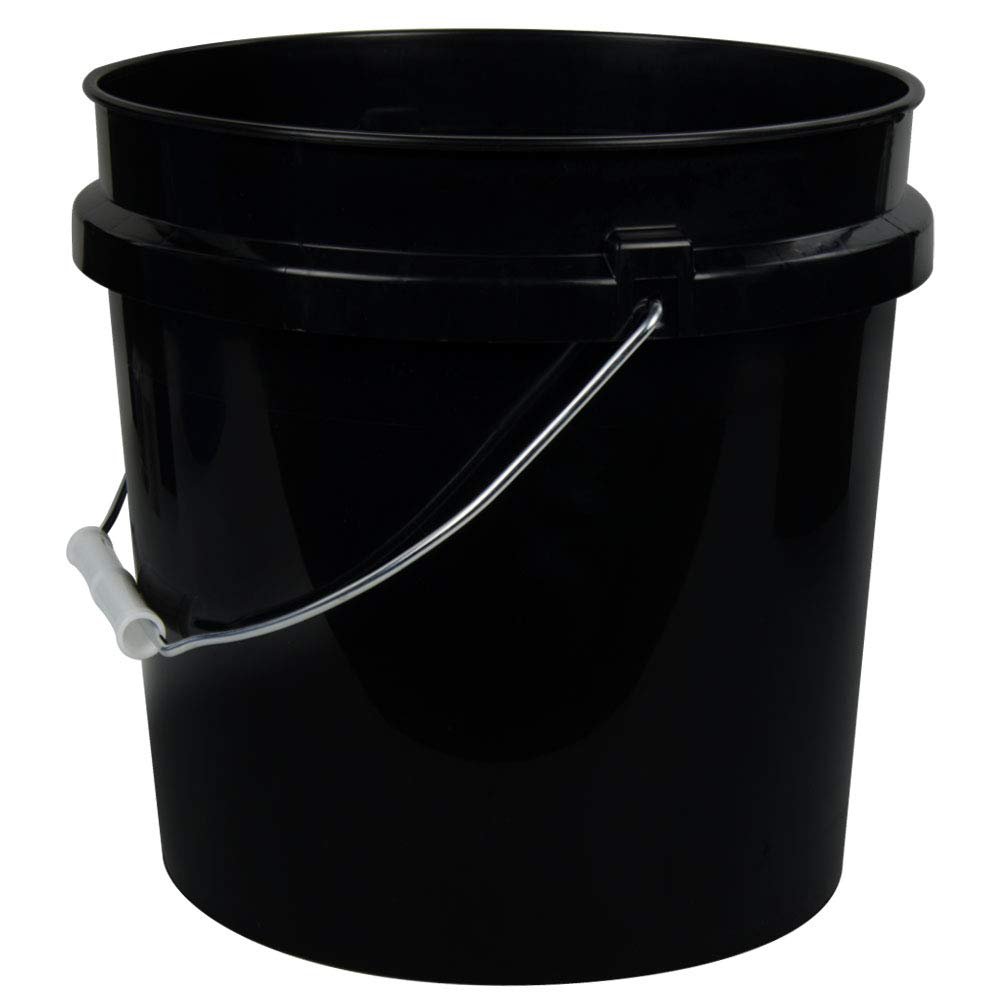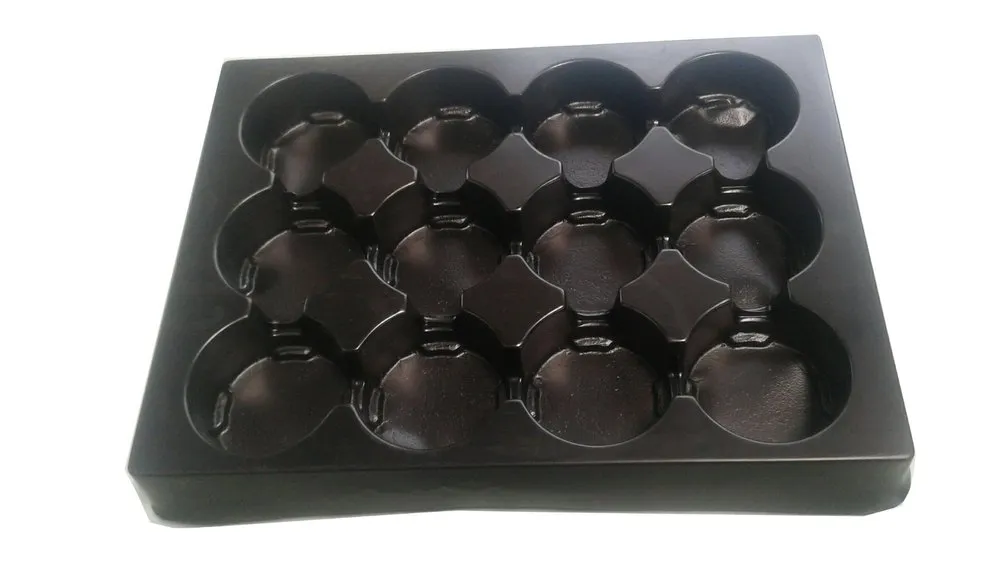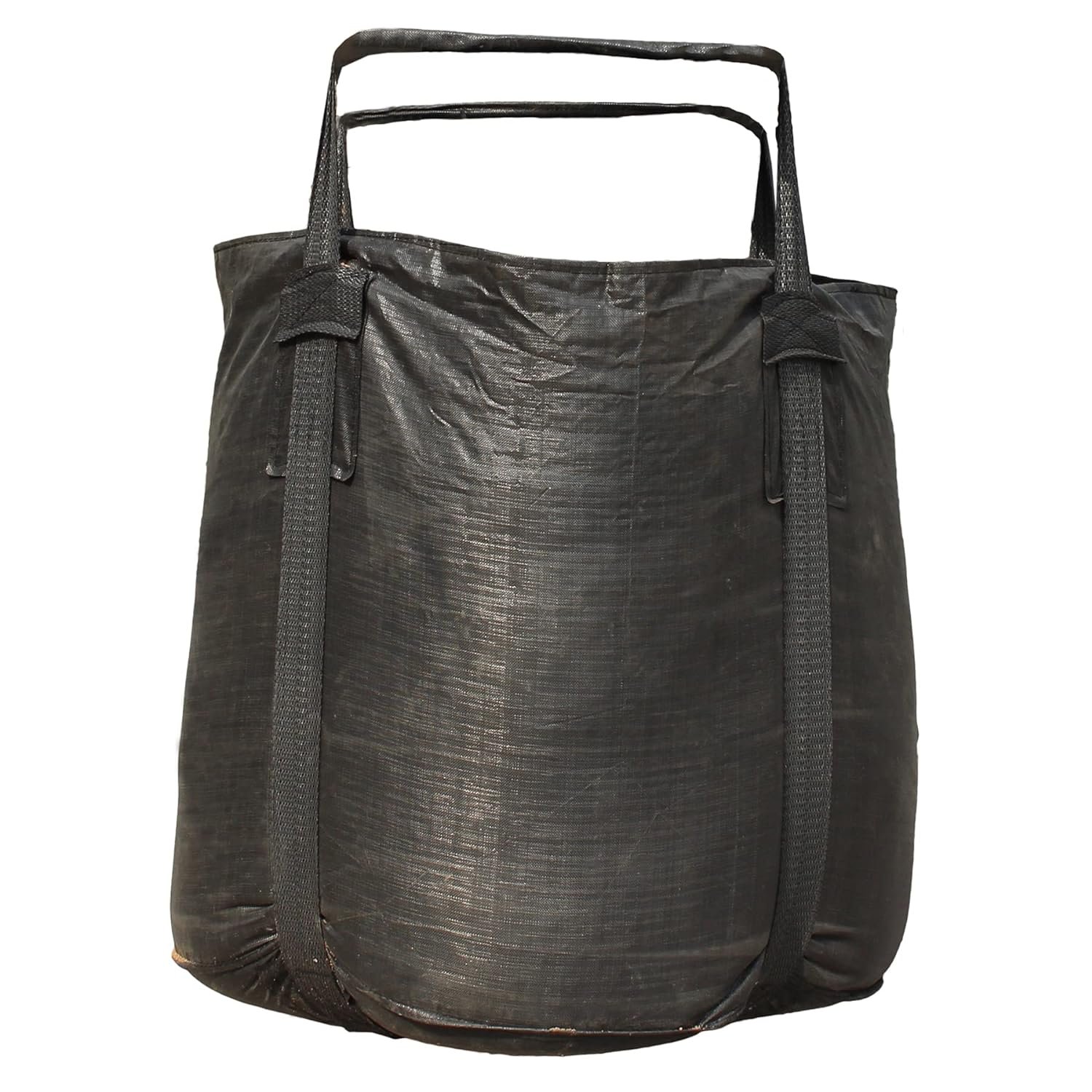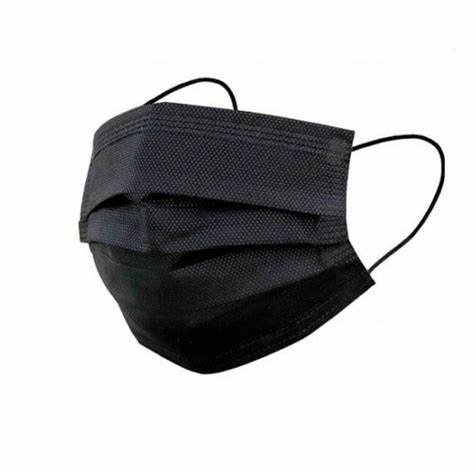Conductive Masterbatch
Conductive masterbatch is created by blending a base resin material with carbon black and other additives. During processing, this masterbatch is mixed with the base material in specific ratios to enhance the conductivity or anti-static properties of the resin. It’s a versatile tool that finds applications in various industries and processes.
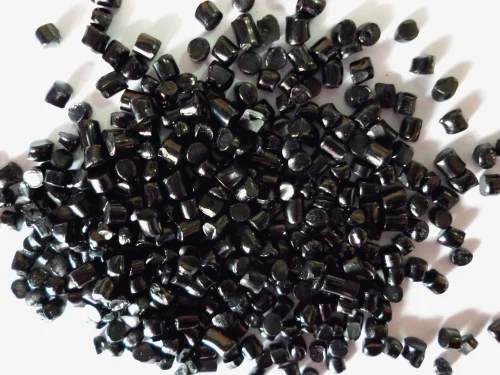

The primary purpose of conductive masterbatch is to provide electrical conductivity in plastic applications, particularly for static charge dissipation
Conductive Masterbatch Advantages

Ease of processability

High jetness

High gloss

UV protection
Why Bajaj Plast Conductive Black Masterbatch
Key Features:
- It is used for conductive application to discharge the surface electricity and earthing.
- Carbon Black is used as an additive

Carbon Black and Formulation Masterbatch
- Carbon black, a key component, contributes to the conductive properties. It’s formulated with precision to achieve consistent quality, excellent dispersion, and specific performance characteristics.
- conductive compounds offer benefits such as opacity, color strength, UV weathering resistance, and, most importantly, electrical conductivity.
Typical Applications Of Masterbatch
Anti-Electromagnetic Interference
Conductive masterbatch is widely employed to mitigate electromagnetic interference (EMI) and radio frequency interference (RFI).
Antistatic Properties in Electronic/Micro-Electronic Devices
In the realm of electronics and micro-electronics, conductive masterbatch plays a crucial role in imparting antistatic properties to plastic materials.
3D Printing
Conductive masterbatch is compatible with 3D printing processes
Petroleum and Chemical Industries
Conductive masterbatch is valuable in environments where flammable gases or liquids are present.
Military and Aerospace Applications
The military and aerospace sectors rely on conductive masterbatch for various purposes.

